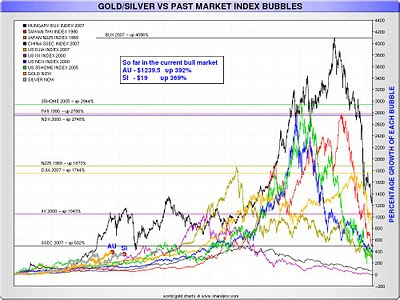The
Cooper Super System Review has been looking at the issue of collectables held in SMSFs and has a preliminary recommendation that:
a) the acquisition of collectables and personal use assets by SMSF trustees be prohibited;
b) SMSFs that own collectables or personal use assets be provided a transitional period,
up to 30 June 2020, in which to dispose of those assets; and
c) APRA‐regulated funds be exempted from these changes.
Their examples include paintings, jewellery, antiques, stamp collections, wine, exotic cars, golf club memberships, race horses and boats. The list is based on and makes reference to the
ATO's definition of ‘collectables’ and ‘personal use assets’ and this definition includes “coins or medallions”.
The inclusion of coins, stamps and medallions and the requirement they be sold within 10 years has caused great concern within the numismatic community. It is the view of coin dealers that the market cannot absorb disposal of the volume of numismatic product held in SMSF over 10 years, resulting in a negative impact on market prices.
Now it is possible for a SMSF to “sell” their collection to the individual(s) who benefit from the SMSF, thereby avoiding any impact in the market. However this assumes that such individuals have the cash to pay their SMSF. In addition, the book sale would result in tax consequences for the SMSF.
I would note at this point that those who hold bullion coins through their SMSF should not have anything to worry about. The super review's reliance on the ATO's definitions for tax purposes means that bullion should be excluded due to the very clear difference the ATO makes between bullion and collectables for GST purposes in
this ruling. I cannot see the super review going against this because it would result in the super treatment conflicting and disagreeing with the ATO's arguments around bullion/collectables, opening up all sorts of issues for the ATO. The primary problem would be that individual bullion items under $500 would not attract capital gains tax! I can't see the ATO letting that happen.
So on what basis has the super review determined that collectables are not a suitable investment? Initially they say that they believe “that there are certain types of assets that should not be regarded as investments that build retirement savings”.
Now this is contradicted by the fact that their recommendation excludes APRA regulated funds. If collectables were not good enough for SMSF to “build retirement savings” then logically they should also not be good enough for APRA regulated funds. The fact that they make this illogical statement indicates to me they are clutching at justifications for their position.
Later in their document they give the real reason: “The principal concern is that the cumulative regulatory and compliance complexities outweigh the potential benefits of allowing such a liberal investment menu to a sector that is not directly prudentially regulated.”
Now what this is really saying is that they suspect people are abusing the system but it is too much trouble to enforce compliance with the rules so lets just punish everyone and ban it all outright. But what really gets to me is that they are making this ban retrospective. They could have recommended disallowing further investment in collectables rather than forcing the liquidation of existing collections. There is no justice in retrospective law.
The fact is that it is bureaucrats who drafted the detailed legislation that allowed the loophole but instead of admitting their mistake and living with it, they want to perform a
1984 Orwellian expunging of collectable from SMSFs so they can pretend the whole thing never happened.
And the result? Forced sales that will depress prices and thus the value of those SMSFs. So much for helping people “build retirement savings”, Mr Cooper.
